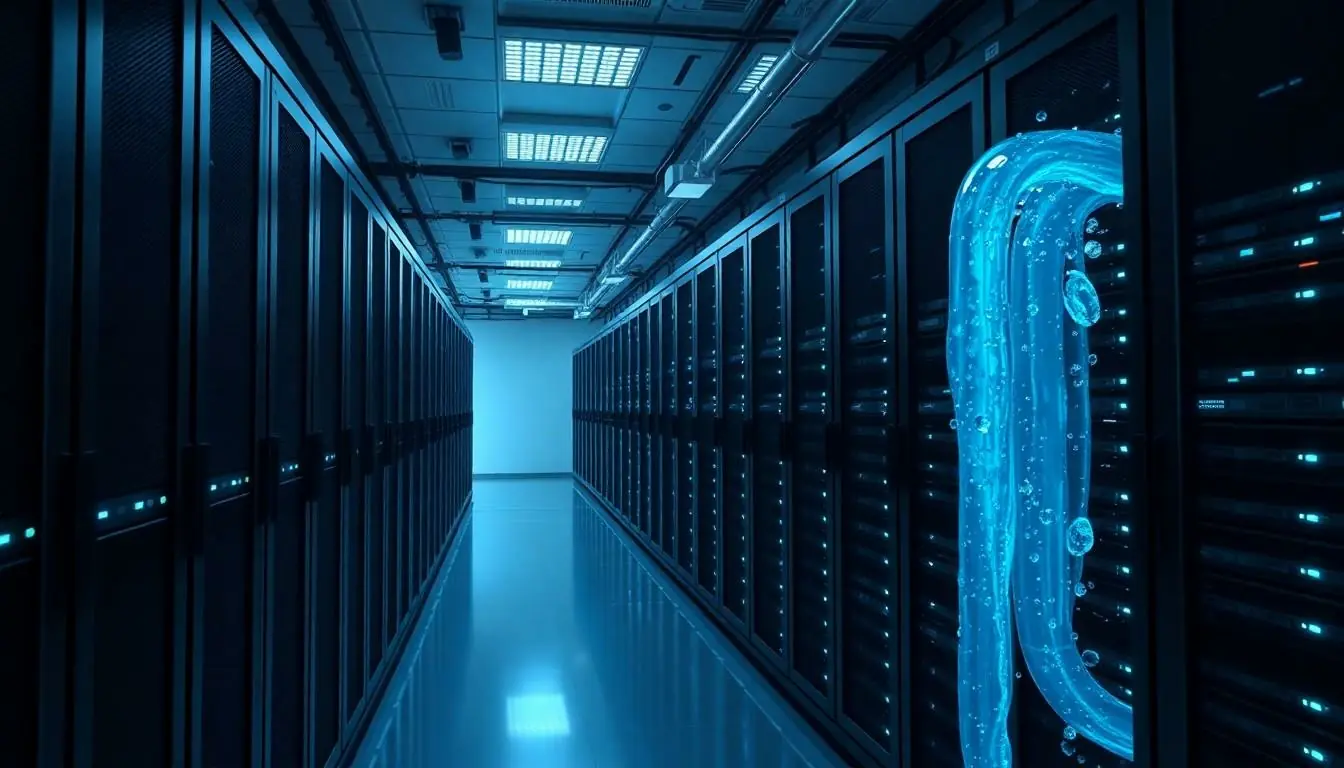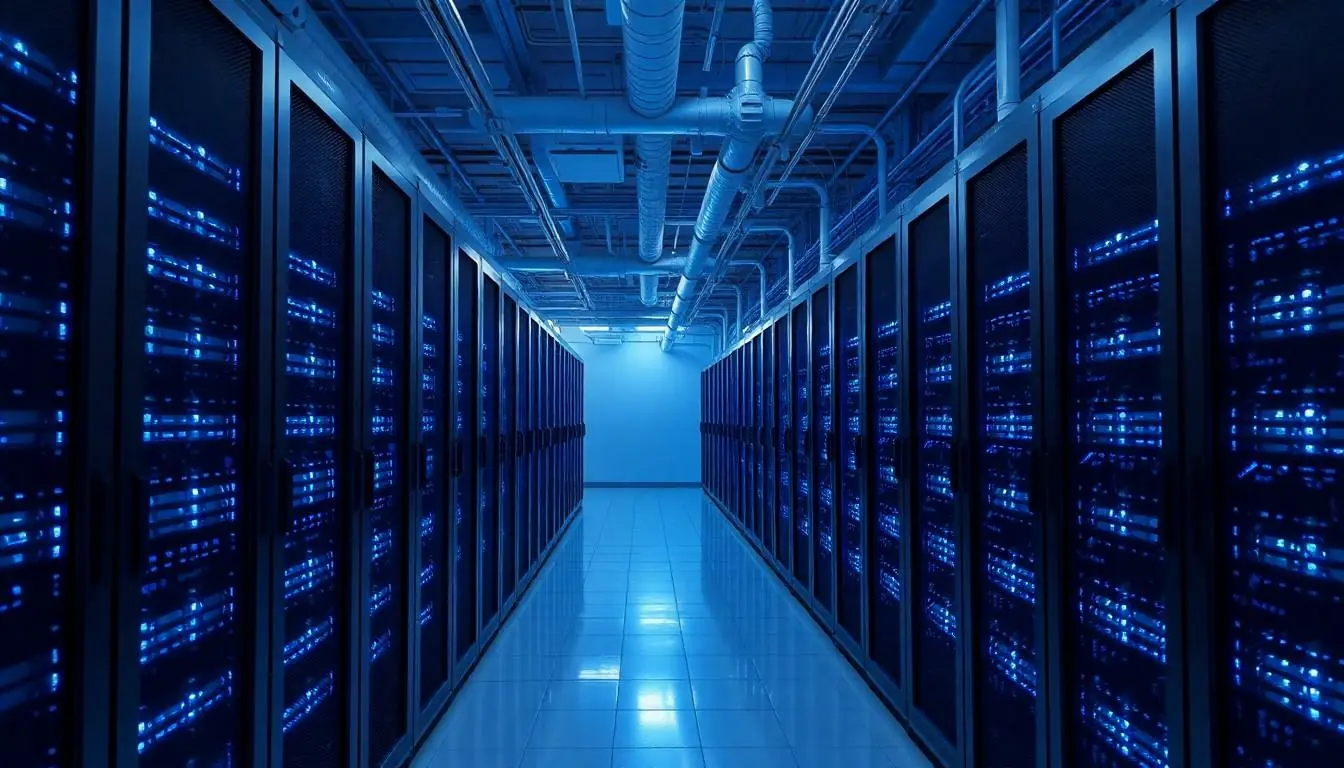Table of Contents
ToggleIn a world where every drop counts, have you ever wondered how much water goes into crafting a ChatGPT prompt? Sure, it might sound like a quirky trivia question, but the truth is that even the most sophisticated AI needs a little hydration—figuratively speaking, of course. As technology advances, understanding the environmental impact of our digital interactions becomes crucial.
Understanding the Concept of Water Usage
Digital interactions, such as generating a ChatGPT prompt, involve various resources, including water. Water usage in data centers and cloud computing environments significantly impacts overall resource consumption. Each server requires cooling, which directly relates to water use in various cooling systems.
Water consumption calculations consider energy production and data processing. Energy production, primarily from fossil fuels, necessitates substantial freshwater resources in thermal power plants. Water must cool down equipment in addition to supporting energy generation.
ChatGPT users don’t always recognize the hidden costs of their digital tasks. Each query potentially contributes to a cumulative water footprint. The total water usage from billions of prompts adds up quickly, creating environmental implications that warrant consideration.
Research showcases the relationship between technology and resource consumption. A recent study indicates that data centers use about 2% of the nation’s total electricity, leading to significant water needs for cooling and energy production. Understanding this relationship emphasizes the importance of mindful digital engagement.
Consequently, leveraging energy-efficient technologies and optimizing data center operations can reduce water usage. Innovations, such as advanced cooling systems, help minimize the water required for digital services. Embracing sustainability in technology supports global water conservation efforts.
Realizing the environmental impact of digital interactions drives awareness and responsibility. Users are encouraged to consider how their online activities contribute to resource consumption, including water. The collective approach to digital resource use can foster positive change towards a sustainable future.
The Environmental Impact of Digital Technologies

Digital interactions significantly affect water consumption, particularly when generating ChatGPT prompts. Understanding the various dimensions of technology use can enhance one’s awareness of its environmental footprint.
Data Centers and Their Consumption
Data centers serve as the backbone of digital services. They consume approximately 2% of the nation’s total electricity, translating to considerable freshwater needs for cooling systems. Cooling processes often use a substantial amount of water to maintain optimal operating temperatures. Water shortages can emerge as a result of this extensive consumption, especially in regions where water availability is limited. To alleviate this strain, optimizing cooling operations and adopting energy-efficient technologies is necessary.
The Role of AI in Resource Utilization
AI technologies, like ChatGPT, contribute to resource utilization through intricate computations. As processing power increases, so does the demand for energy and water. Energy production, especially through fossil fuels, also draws on significant freshwater resources. Each interaction involves intricate data processing and storage, leading to a heightened environmental impact. Promoting awareness of these factors can inspire a shift towards sustainable practices in AI development and usage, emphasizing the importance of responsible engagement with digital platforms.
Calculating Water Usage for ChatGPT Prompts
Understanding water usage in generating ChatGPT prompts requires examining several factors. Various elements contribute to water consumption in digital processes, highlighting the hidden costs of technology.
Factors Influencing Water Consumption
Energy sources play a crucial role, as fossil fuel production significantly impacts freshwater requirements. Cooling systems in data centers also affect water usage, given they absorb heat generated by powerful servers. Geographic locations of data centers matter, too; regions with limited water resources experience heightened stress. User demand for computational power leads to increased energy consumption, resulting in greater water requirements. Each factor cumulatively influences the overall water footprint associated with digital interactions.
Estimating Average Water Use
Estimating average water use involves quantifying resources while considering energy demands. For instance, data centers can consume approximately 0.5 to 1.5 liters of water for every kilowatt-hour of electricity generated. Analyzing the estimated energy consumption of specific tasks provides a clearer picture. If users generate billions of prompts, the cumulative water consumption can escalate rapidly. Using this data allows for a more informed understanding of how daily digital interactions contribute to overall water usage and environmental impact.
Case Studies and Comparisons
Numerous studies highlight the substantial water consumption related to digital processes. Research indicates that data centers require approximately 0.5 to 1.5 liters of water for every kilowatt-hour of electricity consumed. This staggering figure emphasizes the hidden costs of generating ChatGPT prompts and a multitude of other digital interactions.
A notable case study conducted by the Global e-Sustainability Initiative found that certain data centers in water-scarce regions face challenges due to their water demands. In areas like California, the combination of high electricity use and limited water sources amplifies the pressure on local resources. Comparatively, data centers located in wetter climates may experience fewer constraints, leading to varying sustainability practices across the board.
Direct comparisons between traditional computing tasks and AI-driven tasks reveal significant differences in water usage. Generating a simple text prompt may require fewer resources than complex image processing or video rendering. This variation accentuates the need for understanding the specific water footprint associated with each task.
Leaders in the tech industry actively explore energy-efficient technologies to minimize their overall water usage. Implementing advanced cooling systems and optimizing data center operations can drastically reduce water consumption. Companies prioritizing sustainability often report lower water footprints and increased environmental responsibility.
With a growing awareness of the environmental impacts of AI technologies, users are encouraged to consider their digital habits. Engaging in mindful digital practices can reduce the cumulative water usage caused by billions of prompts. As the demand for computational power rises, recognizing the connection between water consumption and energy needs becomes crucial for sustainable digital interactions.
Future Implications and Sustainability Efforts
Increasing awareness of water usage in digital processes drives the tech industry to explore sustainable practices. Many companies prioritize energy-efficient technologies to reduce their water footprints. Transitioning to advanced cooling systems in data centers proves essential in minimizing freshwater consumption.
Efforts focus on optimizing data center operations, especially in water-scarce regions. Strategies often include using recycled water for cooling, which alleviates demand on local freshwater resources. Implementing machine learning algorithms also enhances energy efficiency, thereby reducing water requirements in the process.
Innovations in renewable energy sources play a vital role in addressing water usage. Solar and wind energy have lower freshwater impacts compared to fossil fuels. Committing to these sustainable energy sources helps decrease the overall water footprint of digital interactions.
Community engagement proves crucial in raising awareness of the environmental implications of AI technologies. Users can adopt mindful digital habits to lessen their cumulative water consumption. They might consider the total resource usage behind simple queries and engage in practices that promote sustainability.
Collaboration across industries fosters improved strategies. Governments, tech leaders, and environmental organizations can work together to establish guidelines that prioritize water conservation in digital services. As the demand for computational power continues to rise, collective efforts strengthen the push for sustainable practices that balance technology advancement with ecological responsibility.
Understanding the water consumption linked to ChatGPT prompts reveals the hidden costs of digital interactions. As technology continues to advance the demand for computational power grows alongside the necessity for significant water resources.
By recognizing the environmental implications of these interactions users can make informed choices that promote sustainability. The tech industry’s shift towards energy-efficient solutions and innovative cooling methods is a step in the right direction.
Collective awareness and action are essential in balancing technological progress with ecological responsibility. As individuals engage with AI technologies they should consider their digital footprint and strive for mindful practices that contribute to a more sustainable future.







